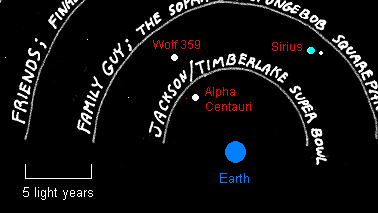418 – The Turkish-Islamic Empire

Like Russia or the UK, Turkey is the successor state to a once dominant world power. And much as in those other countries, nostalgic memories of Empire (the Ottoman one, in Turkey’s case) compare unfavourably with today’s status as merely a ‘normal’ country.
All former superpowers must deal with a world that is decidedly less impressed by them than before. The resulting frustration is confined (mainly) to the extremist fringes of politics. But in those margins, chauvinist delusions of grandeur conspire to make up for lost glories. Point in case is Russia’s projected ‘Third Empire’ (see entry #177).
This map is another example of geopolitical grandstanding, but from a Turkish perspective. It shows what a global empire based on pan-Islamism and pan-Turkism would look like – a mega-state combining the Ummah (the lands where Islam dominates) with Turan (the name for all countries and regions inhabited by Turkic people). The Empire thus projected results from the maximum overlap of two distinct ideologies of which Turkey is, in the mind of the map-maker at least, the natural point of convergence. The Turkish-Islamic Empire (I can only infer that translation of the map’s title) occupies:
As a nationalist movement, pan-Turkism’s rise and heyday coincided with similar ideologies in 19th and 20th century Europe, such as Pan-Germanism, Pan-Slavism and even Zionism. Nationalism seems a largely discredited and spent force nowadays. Pan-Islamism is a bit more a la mode, as Islam as a global political force has been in the ascendant in recent decades.
It is, however, not clear that political Islam’s agenda is driven by a vision of the Caliphate, the once and future Empire covering the Ummah, under one ruler uniting absolute spiritual authority with temporal power. But surely it is significant, especially for this vision of a Turko-Islamic Empire, that the last holder of the title of Caliph, however symbolic by that time, was the last Sultan of the Ottoman Empire, deposed by Ataturk’s secularist republic.
Which lends extra poignancy to the vision of Turkey as the lynchpin of this empire, covering all Muslims and all Turks. However, at no point did any sultan even come close to uniting all Turks and Muslims, or even all Turks or Muslims, in one state. So this Turko-Islamic Empire isn’t an object of nostalgia, but a political project. One can see why this would come naturally to hardcore Turkish nationalists, but it’s hard to see what’s in it for those who do not share their ‘overlap’. Why would a Siberian shaman feel any desire to be a citizen of the same state as a West African Muslim? Or vice versa?
Many thanks to Ilya Vinarski, another_m69, and others who contributed this map, found here.





